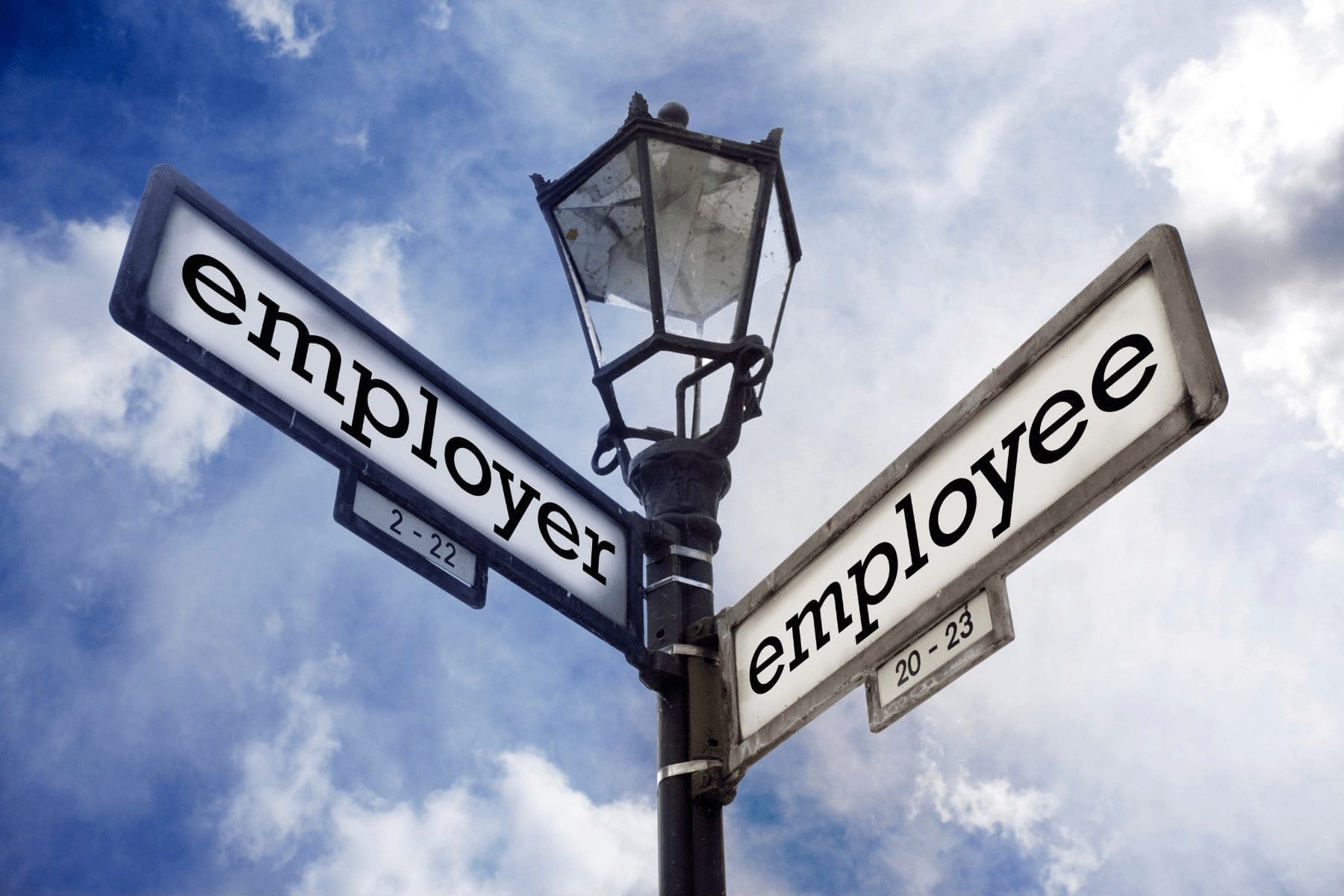The labor market is a bit unpredictable at the moment. Economists previously warned of a “Great Resignation,” when employees were expected to quit in record numbers and leave many vacancies in the workforce. This happened somewhat—according to the Bureau of Labor Statistics (BLS), there were a record number of resignations at the end of 2021. Although the number of quits dropped at the beginning of 2022, the employment market is back to experiencing record-high quit rates.
However, while mass resignations still took place, the concern about massive numbers of workers leaving the workforce hasn’t come to fruition. Rather, instead of quitting the workforce entirely, employees have simply been finding better jobs. Economists have begun referring to the situation not as the Great Resignation but as the “Great Reshuffle.”
Overview of the Employment Situation
During the COVID-19 pandemic, many workers became disillusioned with their positions. Some were concerned about working in person despite fears of infection; others struggled to manage both work and childcare responsibilities. Many of these workers were entry-level and also lacked essential employee benefits.
Summarily, worker grievances became more salient even as working conditions became less safe due to COVID-19. Finally, toward the end of 2021, many workers hit their breaking point and opted to leave their current employers. Employees’ key decision factors revolved around compensation, benefits, and remote and hybrid work flexibility.
Economists initially feared these employees would stay out of the workforce, living instead off savings accumulated during the pandemic. But in recent months, that hasn’t happened. According to the BLS, employee quits reached a record high of 4.5 million in March 2022. However, total employment has trended up, with total nonfarm payroll employment rising by 431,000 in March.
This means that workers who left their unfulfilling positions are now seeking more rewarding careers. According to BLS data, sectors hit hardest by mass resignations include food services, health care, transportation, warehousing, and utilities. Effectively, industries that employed large numbers of in-person workers throughout the pandemic appear to be struggling the most to retain talent.
Employee Attraction and Retention Tips
It’s impossible to make every employee happy with a single workplace solution; there is nuance to every resignation. However, there are some common strategies for employers who are looking to increase their employee attraction and retention levels.
Invest in Worker Career Growth
One of the best ways to figure out what perks employees want is to ask them. According to LinkedIn’s Global Talent Trends survey, employees say they want more professional development (59%), workplace flexibility (48%), and mental health and well-being resources (42%).
Investing in workers by expanding professional and well-being opportunities is the opposite of what employees participating in the Great Reshuffle are used to doing. Employers can simultaneously enhance their staffing levels and worker skill levels by offering these workers a chance to enrich their careers via upward mobility. Pairing these programs with additional mental health resources can also help employers scale their operations while reducing cases of burnout.
Offer Flexibility
As previously mentioned, LinkedIn’s survey shows that 42% of workers are looking for greater workplace flexibility. This could mean allowing employees to work from home in some situations, choosing their working hours, permitting employees to take time off unexpectedly, or allowing any number of workplace arrangements.
Essentially, a “flexible” workplace compromises where, how, and when employees work. Given the desire for flexible working conditions, adding such opportunities could be an easy way for employers to attract and retain workers. However, this is only an option for sectors that don’t rely on in-person workers.
Provide Stability and Safety
Mental health and general well-being are now commonly discussed in employment conversations. After enduring the COVID-19 pandemic for so long, workers refuse to compromise their well-being for a paycheck. Employers can help demonstrate how they value their workers by expanding mental health and well-being resources. Providing such assistance can reduce potential burnout and help retain employees longer.
Reach Out Directly
The most worthwhile workplace offerings will be the ones employees desire. While some solutions are universal, such as increased compensation, employers may uncover additional options by reaching out directly to employees. In other words, employers can ask employees what perks or benefits would convince them to stay with the organization longer. This could even uncover overlooked solutions that might make employees happy as other more costly options.
The labor market is a bit unpredictable at the moment. Economists previously warned of a “Great Resignation,” when employees were expected to quit in record numbers and leave many vacancies in the workforce. This happened somewhat—according to the Bureau of Labor Statistics (BLS), there were a record number of resignations at the end of 2021. Although the number of quits dropped at the beginning of 2022, the employment market is back to experiencing record-high quit rates.
However, while mass resignations still took place, the concern about massive numbers of workers leaving the workforce hasn’t come to fruition. Rather, instead of quitting the workforce entirely, employees have simply been finding better jobs. Economists have begun referring to the situation not as the Great Resignation but as the “Great Reshuffle.”
Overview of the Employment Situation
During the COVID-19 pandemic, many workers became disillusioned with their positions. Some were concerned about working in person despite fears of infection; others struggled to manage both work and childcare responsibilities. Many of these workers were entry-level and also lacked essential employee benefits.
Summarily, worker grievances became more salient even as working conditions became less safe due to COVID-19. Finally, toward the end of 2021, many workers hit their breaking point and opted to leave their current employers. Employees’ key decision factors revolved around compensation, benefits, and remote and hybrid work flexibility.
Economists initially feared these employees would stay out of the workforce, living instead off savings accumulated during the pandemic. But in recent months, that hasn’t happened. According to the BLS, employee quits reached a record high of 4.5 million in March 2022. However, total employment has trended up, with total nonfarm payroll employment rising by 431,000 in March.
This means that workers who left their unfulfilling positions are now seeking more rewarding careers. According to BLS data, sectors hit hardest by mass resignations include food services, health care, transportation, warehousing, and utilities. Effectively, industries that employed large numbers of in-person workers throughout the pandemic appear to be struggling the most to retain talent.
Employee Attraction and Retention Tips
It’s impossible to make every employee happy with a single workplace solution; there is nuance to every resignation. However, there are some common strategies for employers who are looking to increase their employee attraction and retention levels.
Invest in Worker Career Growth
One of the best ways to figure out what perks employees want is to ask them. According to LinkedIn’s Global Talent Trends survey, employees say they want more professional development (59%), workplace flexibility (48%), and mental health and well-being resources (42%).
Investing in workers by expanding professional and well-being opportunities is the opposite of what employees participating in the Great Reshuffle are used to doing. Employers can simultaneously enhance their staffing levels and worker skill levels by offering these workers a chance to enrich their careers via upward mobility. Pairing these programs with additional mental health resources can also help employers scale their operations while reducing cases of burnout.
Offer Flexibility
As previously mentioned, LinkedIn’s survey shows that 42% of workers are looking for greater workplace flexibility. This could mean allowing employees to work from home in some situations, choosing their working hours, permitting employees to take time off unexpectedly, or allowing any number of workplace arrangements.
Essentially, a “flexible” workplace compromises where, how, and when employees work. Given the desire for flexible working conditions, adding such opportunities could be an easy way for employers to attract and retain workers. However, this is only an option for sectors that don’t rely on in-person workers.
Provide Stability and Safety
Mental health and general well-being are now commonly discussed in employment conversations. After enduring the COVID-19 pandemic for so long, workers refuse to compromise their well-being for a paycheck. Employers can help demonstrate how they value their workers by expanding mental health and well-being resources. Providing such assistance can reduce potential burnout and help retain employees longer.
Reach Out Directly
The most worthwhile workplace offerings will be the ones employees desire. While some solutions are universal, such as increased compensation, employers may uncover additional options by reaching out directly to employees. In other words, employers can ask employees what perks or benefits would convince them to stay with the organization longer. This could even uncover overlooked solutions that might make employees happy as other more costly options.
The Last Word
Whether it’s the Great Resignation or the Great Reshuffle, there’s no one solution to the current labor market issues. But, the good news is that there still seems to be a high number of potential workers available; it’s just a matter of attracting and retaining them. By listening to employee desires and offering tangible perks, employers can help maintain their staffing levels.
Reach out to an InsureGood Advisor to discuss your employee attraction and retention strategy or request additional workplace guidance.





